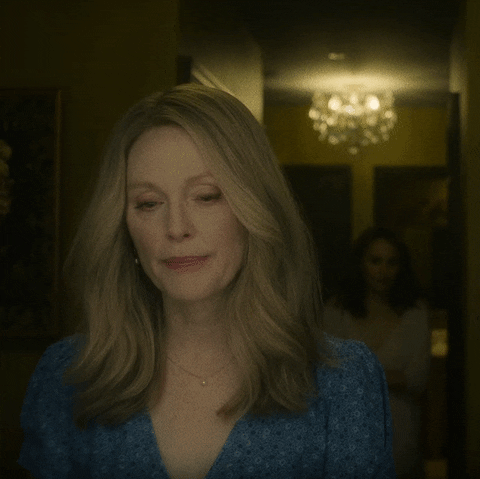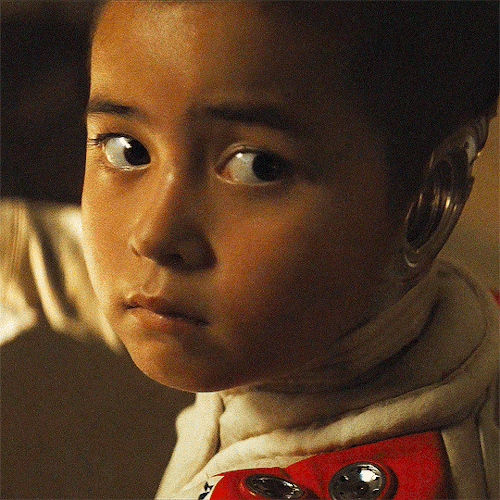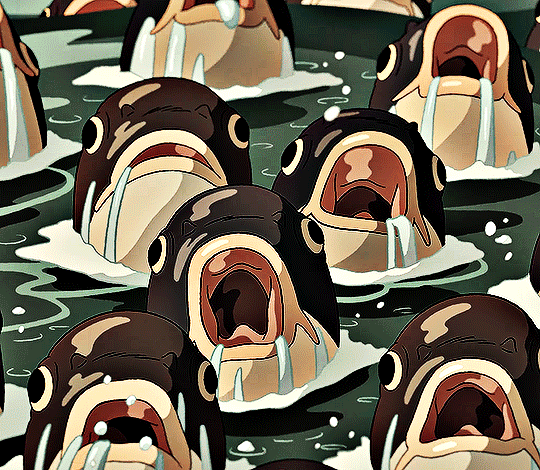My Substack newsletter is called GROSS. I’m writing about all the top-grossing films since 1913 – but I’ve made an exception for the new year and reviewed three films from 2023.
I feel like I want subscribers to know that I occasionally watch a modern film. Normal service will resume with the next movie, 1931’s biggest hit the original Boris Karloff Frankenstein OMG.
(What you’ll get from GROSS is plain-language film reviews with some political, cultural and economic context – a materialist critique of the immaterial joys of the movies)

May December – never mind the quality, feel the width
Everyone loves this one. It’s in all the best-of-year lists. So you’ll probably disagree but I found it impossible to get past the acting. I mean there’s so much of it. So much in fact that the film turns in on itself and becomes hard to watch – involuted, hyper-ironic. By the time we got to the bit where one of the actors is acting the role of the actor acting the role of the real person who’s actually acted by one of the other actors, I’d essentially lost my grip on reality and found myself just randomly acting in my own house. And I’m not an actor. I understand this excess of acting may be some kind of second-order acting gag. That I might be supposed to laugh at all this acting and acting-upon-acting, that it’s a kind of actors’ in-joke. Actors laughing at themselves for all the acting. Sorry, I cannot.

The Creator – geopolitics in the future is hilarious and stupid
I honestly wanted to like this one. The grand imagery is persuasive, the central robot character is charming. But I ultimately couldn’t handle the ton-weight of Vietnam War analogies (and the grating analogies for American folly in general). My Lai, wartime Saigon, Abu Ghraib, Shock and Awe, Kilgore in his chopper, the highway of death, a kind of Cheney-McNamara hybrid, the Vietcong and the NVA, Condoleezza Rice, a traumatised vet with a grudge. They’re all here. And American policy in the movie seems to be essentially a Kissinger-inspired illegal bombing campaign. It’s a neocon-end of history clusterfuck. American imperial stupidity and solipsism projected forward 40 years.
The future world (we’re in the 2060s) seems to have been divided up using something resembling Orwell’s old map – the ‘New Asian Republic’ is the embodiment of the various paranoid Westen ‘Greater China’ fantasies – it seems to take in a large part of the Continent.
The story’s laboured AI parable is hardly less grating. The film wants us to believe that all the American corporate AI hysteria of the present day evolves into a lethal and deceptive military-industrial conspiracy (not, in itself, implausible). And that this machine is intent on destroying the benign AI settlement arrrived at in New Asia – where robots and humans (and ‘simulants’) co-exist happily, working in rice paddies and robot factories in happy mixed crews. In one establishing scene, a subtitled villager, about to be mown down by a stupid American special forces grunt, shouts something like “you can’t fight AI, it’s evolution!”
In fact, the stupidity and wickedness of the American forces is a theme. The squad sent to recover ‘the weapon’, a device thought to have world-ending power, is so inadequate as to be laughable. At one point, a distracted sergeant and ‘the new guy’ (our equally distracted hero, a human who has sympathy for the AIs because he’s going out with one) are left to recover it from an underground mega-vault. The sergeant is soon dispatched, of course.
Meanwhile, the weapon (actually a cute child-robot hybrid engineered to end all weapons) and our hero basically wander off. This happens multiple times. Vast American resources, er, miss the target, fall into the sea, get blown up by their own bombs (later on we learn that the destruction of Los Angeles – blamed on the AIs – that triggered all this argie-bargie in the first place might even have been American nuclear ‘human error’ – by this point we are not surprised).
I can’t tell if this focus on American incompetence is a deep critique of US military hubris or a cheap way to advance the story. You could easily decompose The Creator’s script into a series of material errors – oops – each of which terminates a scene and sets up the next. It’s mechanical. I won’t tell you how the film ends. I think you can probably work it out. It might be a metaphor for Taiwan or Ukraine or ChatGPT or Elon Musk or something.

The Boy and the Heron – dark swansong
It’s Miyazaki Hayao’s twelfth feature as a director (and his first in ten years). Most people had assumed he’d retired. If it were a live action film it would be in the horror section. Large parts of the movie, especially the middle section, take the form of an arbitrary sequence of inexplicable events, structured like a dream – a nightmare, in fact. In the cinema where I saw it people were laughing at the giant parakeets. This was a nervous reaction. The parakeets are terrifying and obviously the product of a nightmare (I read that they stand for the fascist bootboys of the wartime regime in Japan).
Likewise the bitter little old man who’s somehow lodged inside the beautifully-drawn heron of the title and the endless corridor of randomly numbered doors (I’m pretty sure I’ve had that dream) and the series of portals linking one unlikely location with the next and the ravenous pelicans and the long corridor that ends in a bright light and the tiny wooden dolls and the spooky stacking stones and the frightening avatar for the hero’s dead mother who haunts the film (and don’t get me started on the frogs).
And this nightmare is a profound one that begins in the trauma of a child’s experience of fire bombing. The war is present – floating embers and fierce flames recall the raid that killed our hero Mahito’s mother and we see the the fighter plane parts that his boorish father’s factory makes – fighter plane cockpit farings inexplicably shipped hither and thither on donkey carts – themselves from a bad dream.
We’re in a recognisably Ghibli world – the gorgeous clouds, the fields, the steam trains, the cute Datsun. But this is not Totoro or Kiki’s Delivery Service. The boy is on his own (his father’s a bore), the characters he meets are more likely to mean him ill than to help. Chaos and confusion are not resolved. It’s a dark and disorienting world. This one’s going to be with me for a while.
- Next film: Frankenstein! And not just any Frankenstein. It’s the James Whale/Boris Karloff Frankenstein from 1931. Watch it on Amazon Prime if you want to join in.
- In the UK May December is on various streaming services. The Creator is on Apple TV+ and The Boy and the Heron is in actual cinemas, in subtitled and dubbed versions.
- Here are my Letterboxd reviews.
